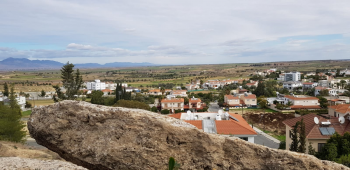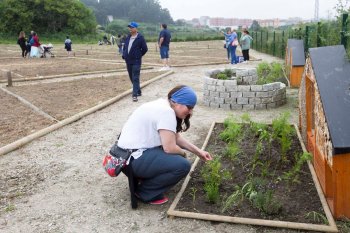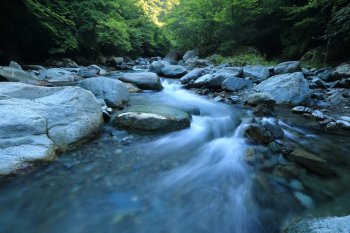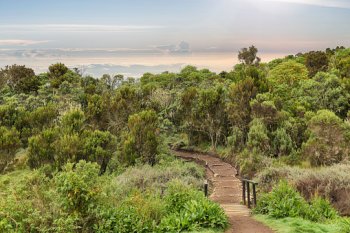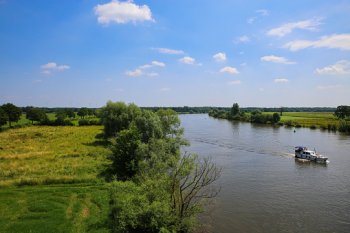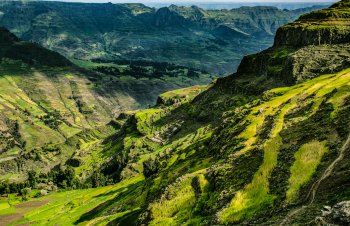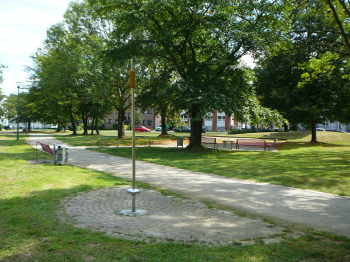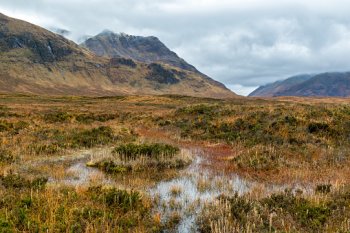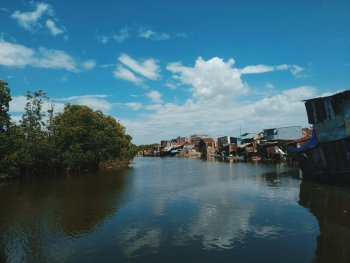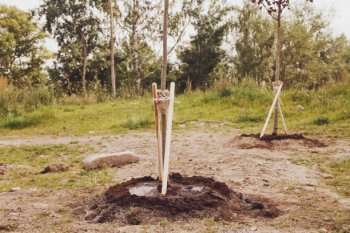Urban Green Network of Nicosia
Nicosia is the capital city of the Republic of Cyprus. It lies roughly in the centre of the island in the Mesaoria Plain, flanked by the northern range of Kyrenia Mountains with its distinctive ‘Pentadaktylos’ – the five-finger mountain.
The capital has two distinct faces: the old, original part of the city, surrounded by sturdy Venetian walls over 400 years old, and a busy modern metropolis, which has a population of 200,452 inhabitants (≈16.6% of the country’s total population) together with the suburbs.
As the country's capital, Nicosia is the financial and business...

